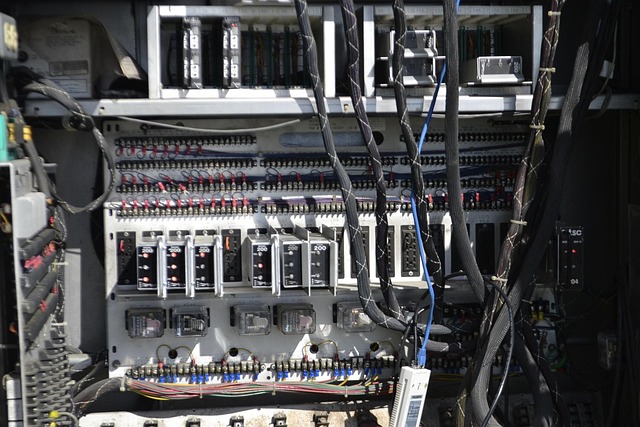The world of technology is advancing at an unprecedented pace, and with each leap forward comes a unique set of challenges and opportunities, especially in the realm of technical support. As we delve deeper into the realms of Virtual Reality (VR), Augmented Reality (AR), and the Metaverse, it’s crucial to explore how these innovations might reshape the technical support landscape.
Virtual Reality is not just about immersive experiences; it’s an invitation to live in an alternate environment where the digital and physical worlds converge. But what happens when things don’t go as planned? Imagine donning your VR headset only to find that your software is crashing or your hardware isn’t responding properly. This is where technical support becomes a lifeline. The future of VR requires support professionals who can provide assistance in real-time, potentially walking users through troubleshooting steps while they are still immersed in their virtual environments. Picture a scenario where support agents can virtually enter your VR space to help resolve issues, creating a seamless experience for users.
Transitioning to Augmented Reality, the challenges are different but equally significant. AR enhances our perception of the real world by overlaying digital information. Technical support in this area must adapt to assist users who may be juggling both real and digital information. A malfunctioning AR application might confuse a user trying to navigate a new environment. Therefore, training support teams to understand both the technology and the user experience becomes vital. Imagine a world where technical support can offer immediate solutions via AR overlays, guiding users through complex troubleshooting processes without them ever needing to leave their augmented environment.
As we step into the Metaverse, the concept of community and interaction takes on new dimensions. Here, individuals from all walks of life come together in shared social spaces, making the need for robust technical support even more critical. With vast landscapes of virtual worlds, users may encounter problems ranging from account management to hardware malfunctions. The challenge for technical support will be to create a blended approach that not only resolves issues but also understands the unique culture of each metaverse community. Interactive chatbots could help address simple queries, while dedicated human support could tackle more complex problems that arise in this immersive digital ecosystem.
Ultimately, as we carve out new experiences in VR, AR, and the Metaverse, the role of technical support will evolve beyond merely fixing problems. It will become a vital partner in the user experience, ensuring that technology serves its purpose of connection and creativity. The future is not just about hardware advancements; it’s about the community we build around them and how we support each other in navigating these exciting new environments.




